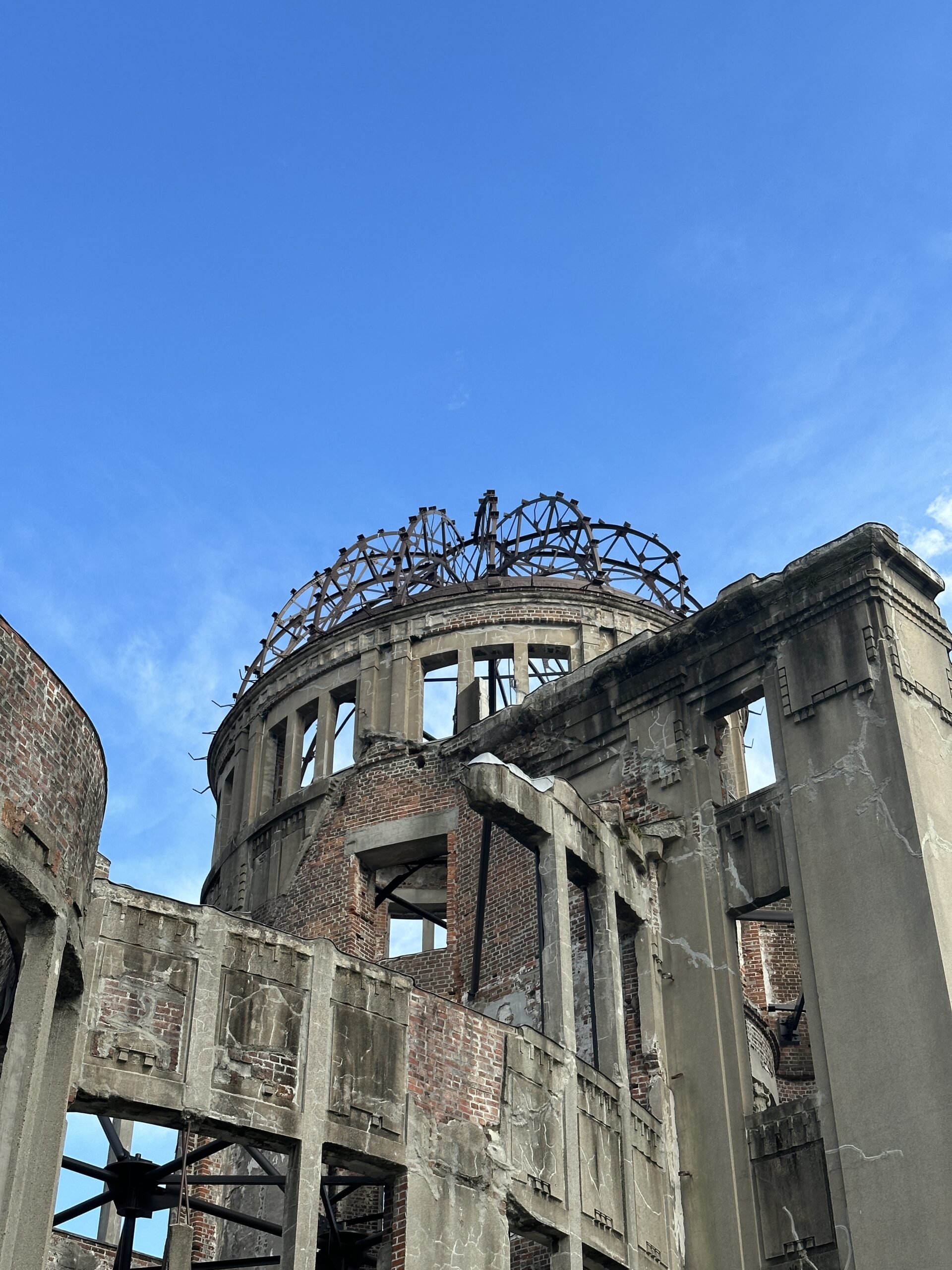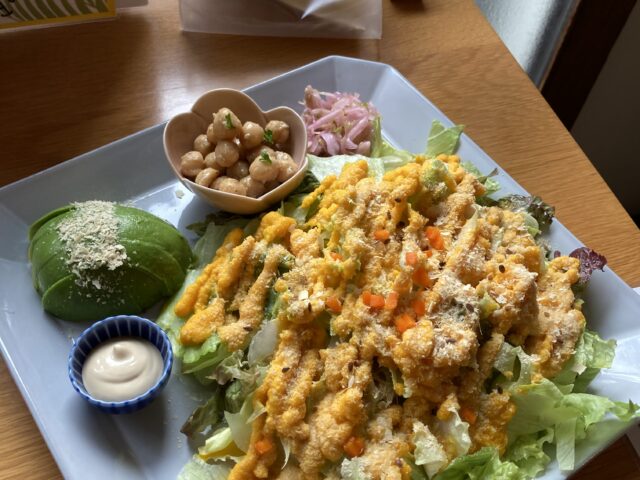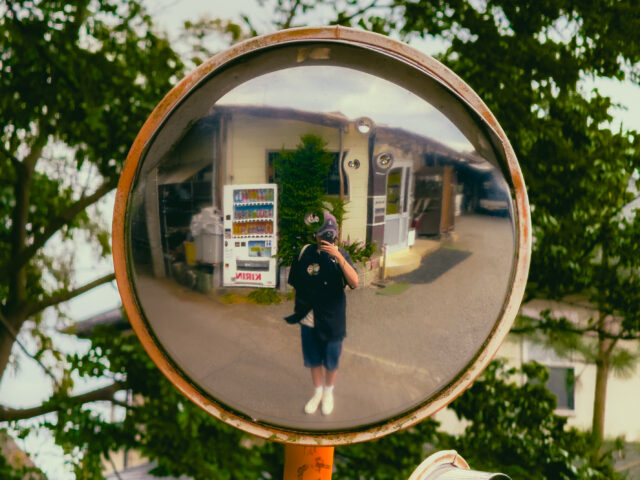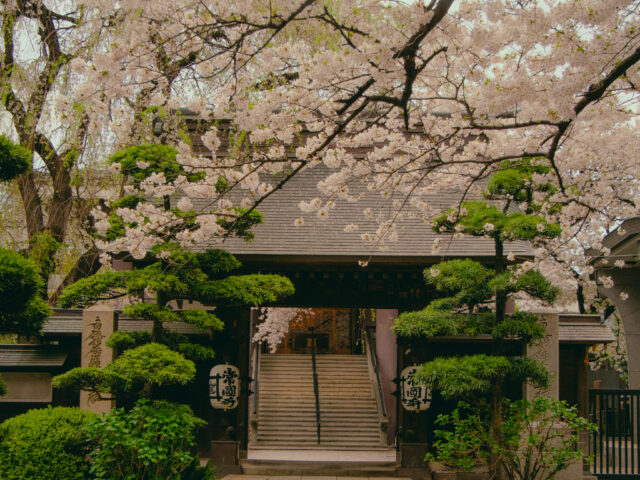Before coming to Japan, I was nervous. It is nerve-wracking to enter another country.
But after living in Ireland, traveling between England, France, the Netherlands, and India, I knew people had opinions on Americans. No matter where you go, you will not escape any stereotypes that people have against your home country. In my experience, the best thing to do is embrace that knowledge, be aware of it, and enter every situation with an open mind. Show people who you really are.
That being said, it can be difficult to enter another country when there is a lot of history between your home country and that country. I knew that the United States and Japan have had a good political relationship since the period after World War II. However, I did not know what to expect as a foreigner about to LIVE in Japan.
As I settled in Japan, I had one question that I wanted to answer, “Why are the United States and Japan friends?” After living in Japan for four months, I can confidently say that there is no nationalistic hatred on either side, or if there is, it is very little. Foreigners will not feel unwelcome when visiting Japan. But I think many people miss out on visiting one of the most impactful spots in Japan: Hiroshima.
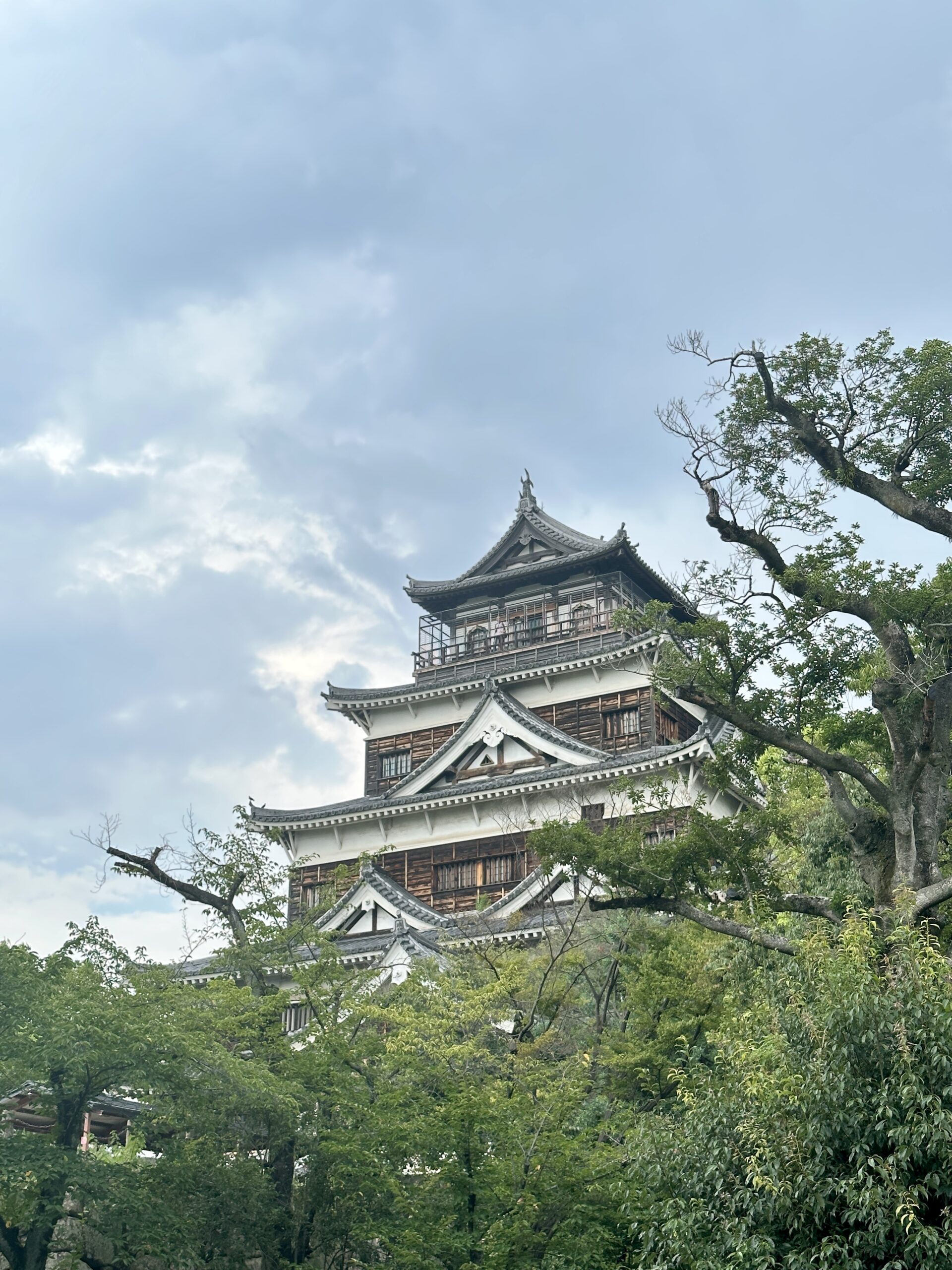
The Hiroshima Castle
Hiroshima Castle was the only castle I had the opportunity to enter. Inside, it has a great museum that goes over the history of the area. It does not discuss World War II extensively. Instead, it goes over older and less well-known wars during the Meiji era. At the top, you have a great view of the preserved land and the city of Hiroshima beyond.
One of my favorite parts of Japan is finding views that combine historical architecture and modern life.
Surrounding the castle is a grove of trees, large trees. Some are thriving, and some are struggling to produce leaves. But it was crazy that there were trees this large, so close to the epicenter of where the atomic bomb was dropped during World War II. Surprisingly, the majority of those trees survived the atomic bomb and managed to grow into what I saw that day.
The castle was not as lucky. The castle was destroyed when the atomic bomb was dropped. But it was rebuilt years later to what we see now.
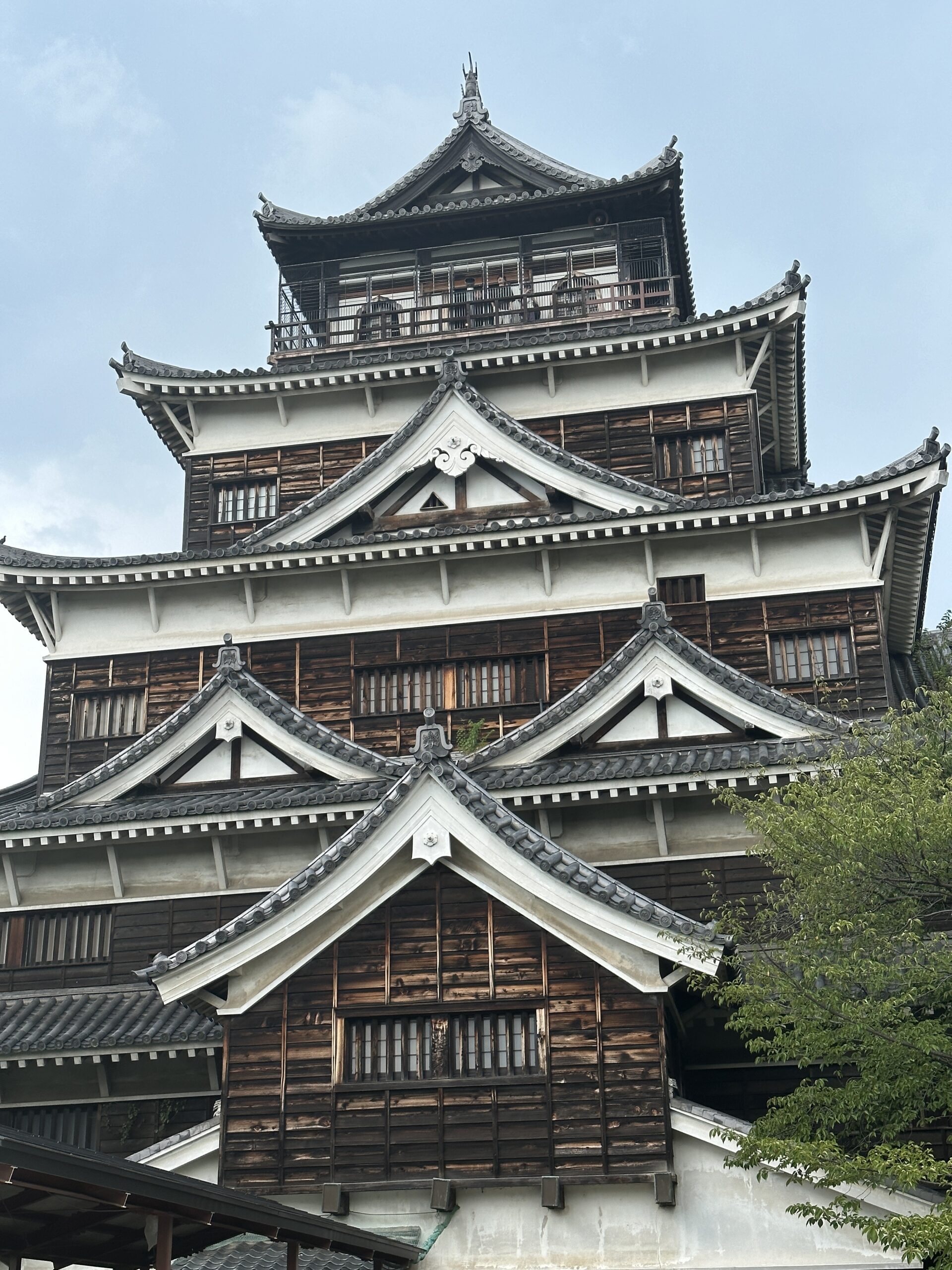
Peace Memorial Museum
Hiroshima has a very impactful memorial museum, the Hiroshima Peace Memorial Museum. When entering the museum, attendees are met with the realities of history and the impacts of nuclear bombs on cities.
I visited Hiroshima with my parents during our first week in Japan. It was important to us to build an understanding and awareness of the history that occurred. Learning about history in a classroom is important, and different methods of learning will impact people on a deeper level.
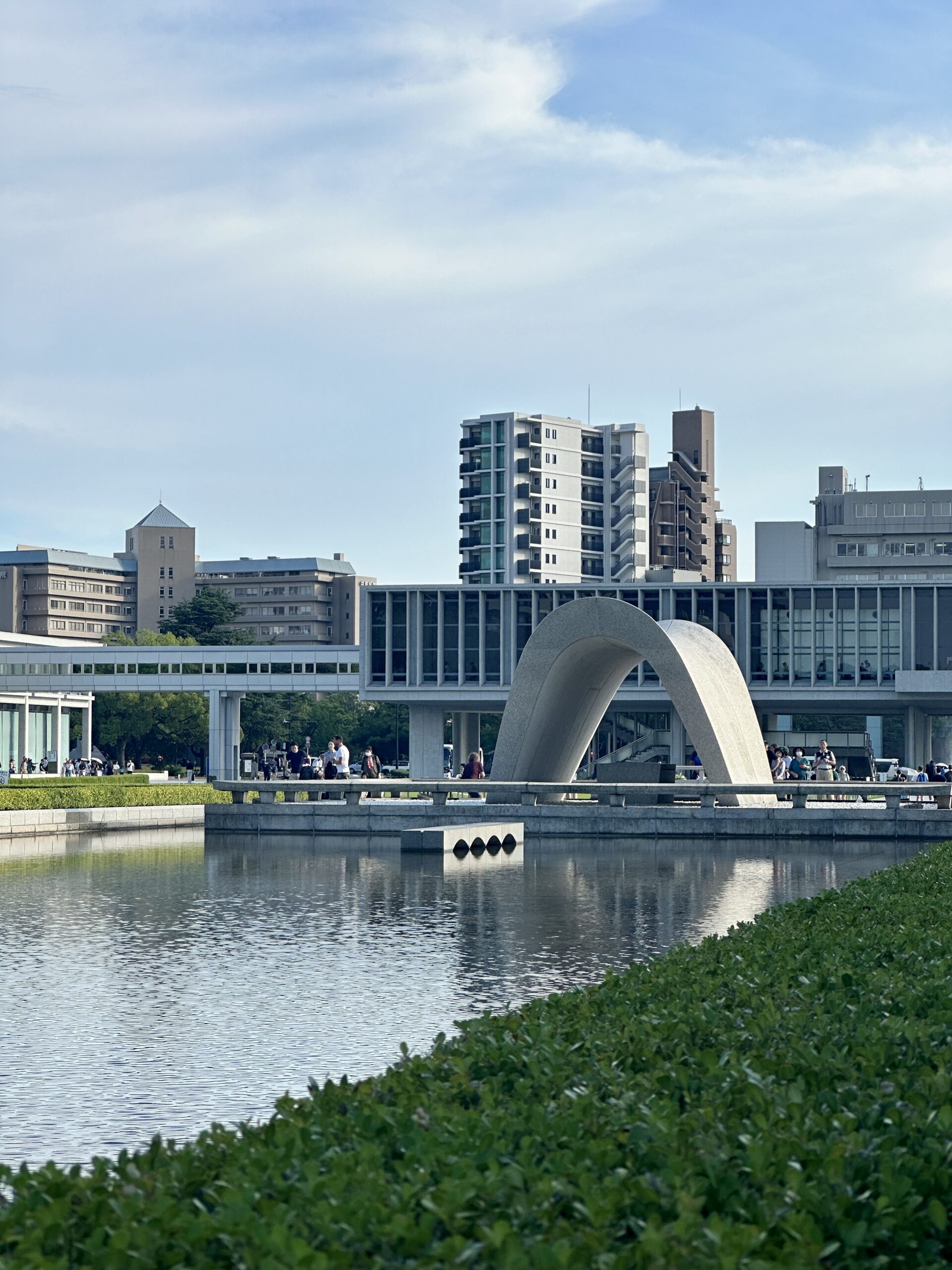
After walking through the museum, I found my parents and began discussing what we saw with my mom. My immediate reaction was nothing. No words described how I felt after walking through that museum. But my mom said it perfectly, “It was a very sobering moment.” It was a moment when we could see a little bit of the reality that people lived through after a nuclear bomb was dropped. My question remained: How did Japan forgive the United States?
After taking classes, completing my own research, and engaging in dialogue with different people, my understanding is that the conflict and resolution are not about forgiveness or blame. After these inputs, I believe that the takeaway was the importance of peace. Why? Because peace is the path where hundreds of thousands of people do not meet lasting health impacts, life-altering experiences, or life-ending moments.
I recommend two films if you are interested in watching films that Japan created after World War II:
- Grave of the Fireflies by Isao Takahata
- Barefoot-Gen by Mori Masaki
In the United States, I did not learn about the reforms that Japan had to go through after the war, but that process gives great awareness of how countries have to rebuild after such an event. Additionally, Japan went through peace education, contributing to this focus on peace rather than blame. I encourage everyone who visits Japan to go to the Hiroshima Peace Museum. It is a great chance to learn about history and the reality that Japanese people had to live with.
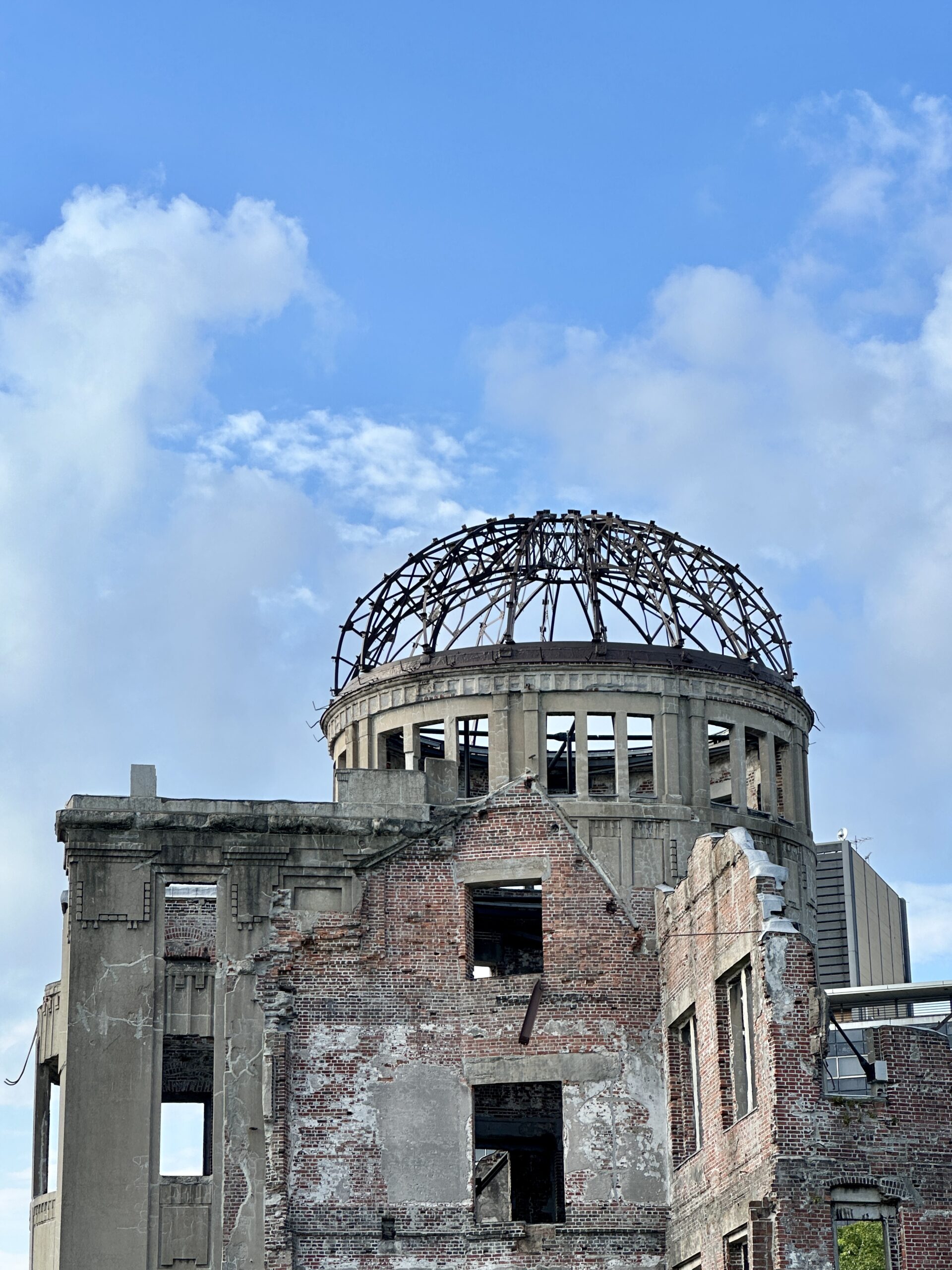
Allison Hale, Arizona State University, is studying abroad in Japan with TEAN.


